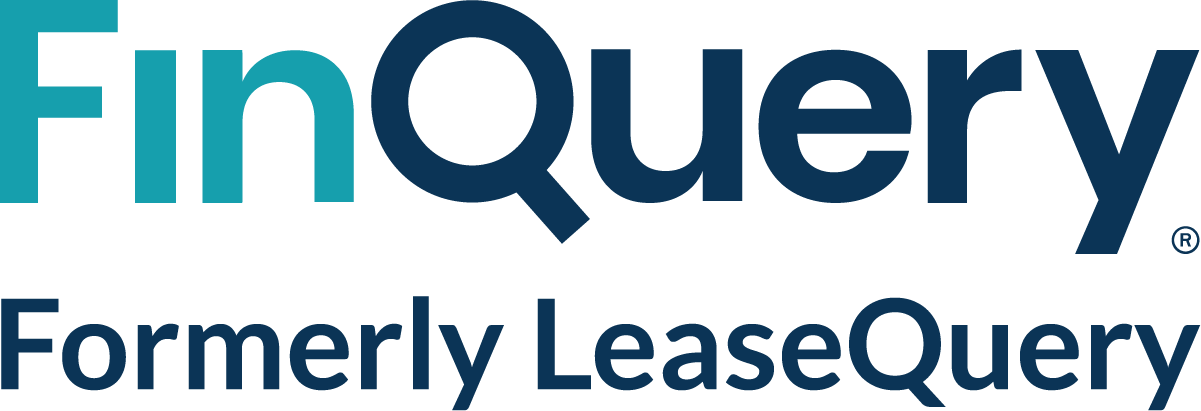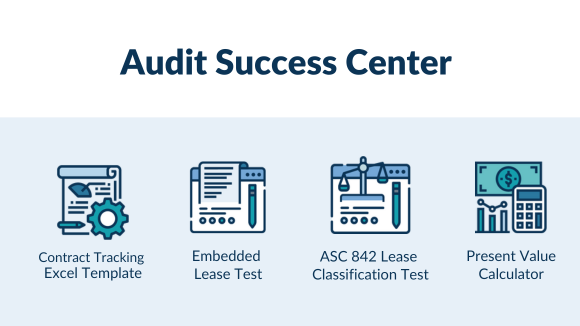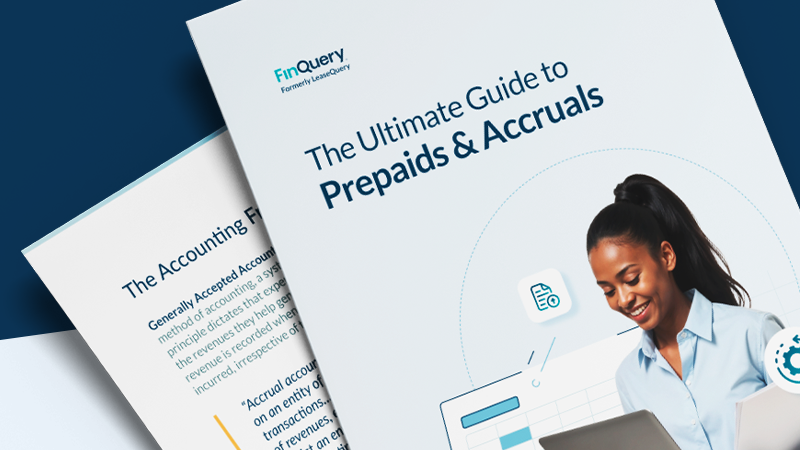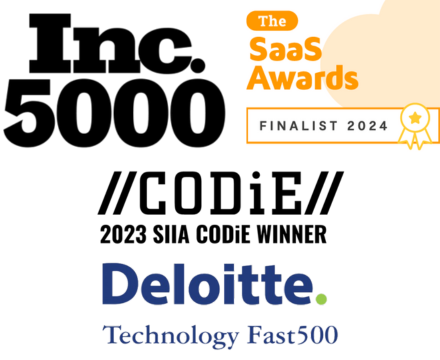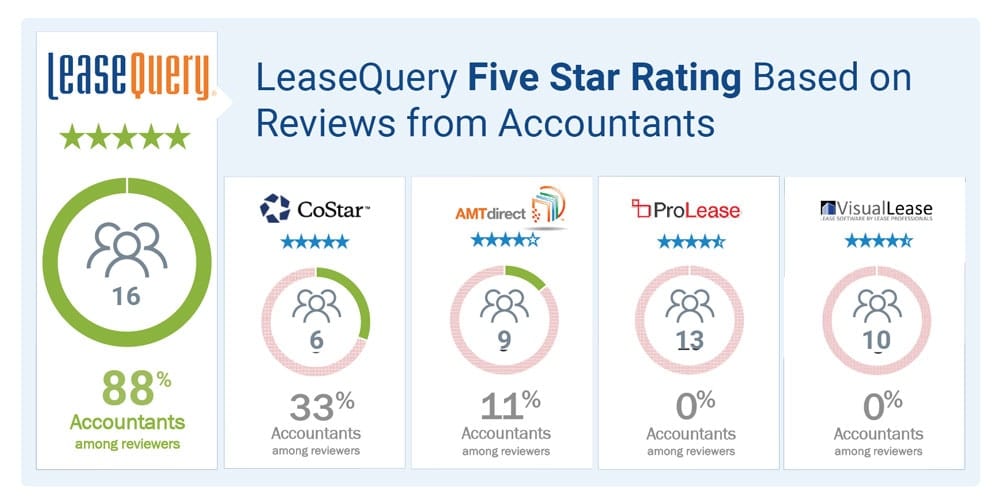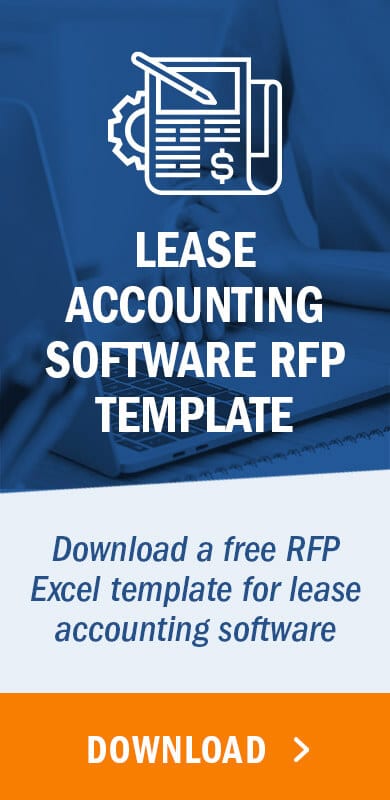For accountants at mid-sized and small companies, buying software isn’t a regular occurrence. Companies don’t invest as heavily in accounting as they do in marketing and IT. And when they do, the focus is often short-sighted – software is purchased to meet an immediate need without considering the long-term implications.
Forward-thinking accountants use systems that enable them to do more than automate the processes required to improve their system of record.
Getting over resistance to change
As regulations grow stricter, and expectations on productivity increase, powerful software solutions are becoming a necessity, not a luxury. Yet many corporate accounting departments lag behind in adopting technology that could significantly improve their efficiency and accuracy.
As noted in this Journal of Accountancy podcast, there are many reasons why: budget constraints; loyalty to legacy systems; and antiquated perceptions about accounting’s role in the business all create barriers to software adoption.
In order to close the gap, there needs to be a cultural shift among accountants and corporate leaders about the value of the efficiencies that software provides. Plus, the entire business benefits when accounting can be more proactive through predictive analytics.
Buying tip: Use the full range of benefits that systems offer
According to a recent survey by Gartner, too many companies are being short-sighted when it comes to buying financial applications. The overwhelming majority of respondents said that improving efficiencies and business outcomes were key factors driving their software purchase. But only 36% said that they purchase financial applications to help with cost management.
That means that nearly two-thirds of companies are missing out on the full range of benefits that their systems provide. For example, reporting functionalities enable more sophisticated forecasting and budgeting processes. As a result, businesses can hone in on opportunities to reduce costs or prevent unnecessary expenses.
Gartner says that purchasing financial applications should result in minimum total cost of ownership savings of 10% to 20%. To take advantage of these savings, businesses need to enter into each software evaluation process with these additional benefits in mind.
Buying tip: Ask for a SOC report
There’s always some risk inherent in purchasing accounting software. A SOC report, or system and organization controls report, is used by accountants to assess the risk when taking on a new vendor.
In order to receive a SOC report, software vendors must secure the services of a CPA. The CPA will then evaluate the system’s controls, as well as those of the organization, and provide a report on their findings. Ideally, a vendor shouldn’t hesitate to show you their SOC report once you’re in the final stages of your evaluation process.
The AICPA sets the guidelines for SOC reports, of which there are numerous variations. We offer a more in-depth explanation of SOC reports here.
Buying tip: Read reviews – carefully
One way to assuage concerns you have about a software’s effectiveness is to hear from people who are already using it. Case studies are an important component of evaluating a system’s effectiveness, but they’re just one way to get user feedback.
One of the unique things about buying software is that you can read online reviews for most applications. Unlike most business purchases, you have access to unfiltered, unbiased information from users just like you. Sites like Capterra and G2 Crowd offer comparison tables and reviews from hundreds of users.
With accounting software, especially specialized offerings, you should be mindful of who is leaving reviews. As you can see from LeaseQuery’s Capterra reviews, the vast majority of our reviewers are accountants.
Wrap-up
To feel more confident about the software buying process, you must first overcome the mental hurdles that come with making such a significant investment. Reading reviews, asking for SOC reports, and having an eye for long-term benefits will empower you in the software evaluation process. And when accounting is armed with the right tools, it has ripple effects across the business.
